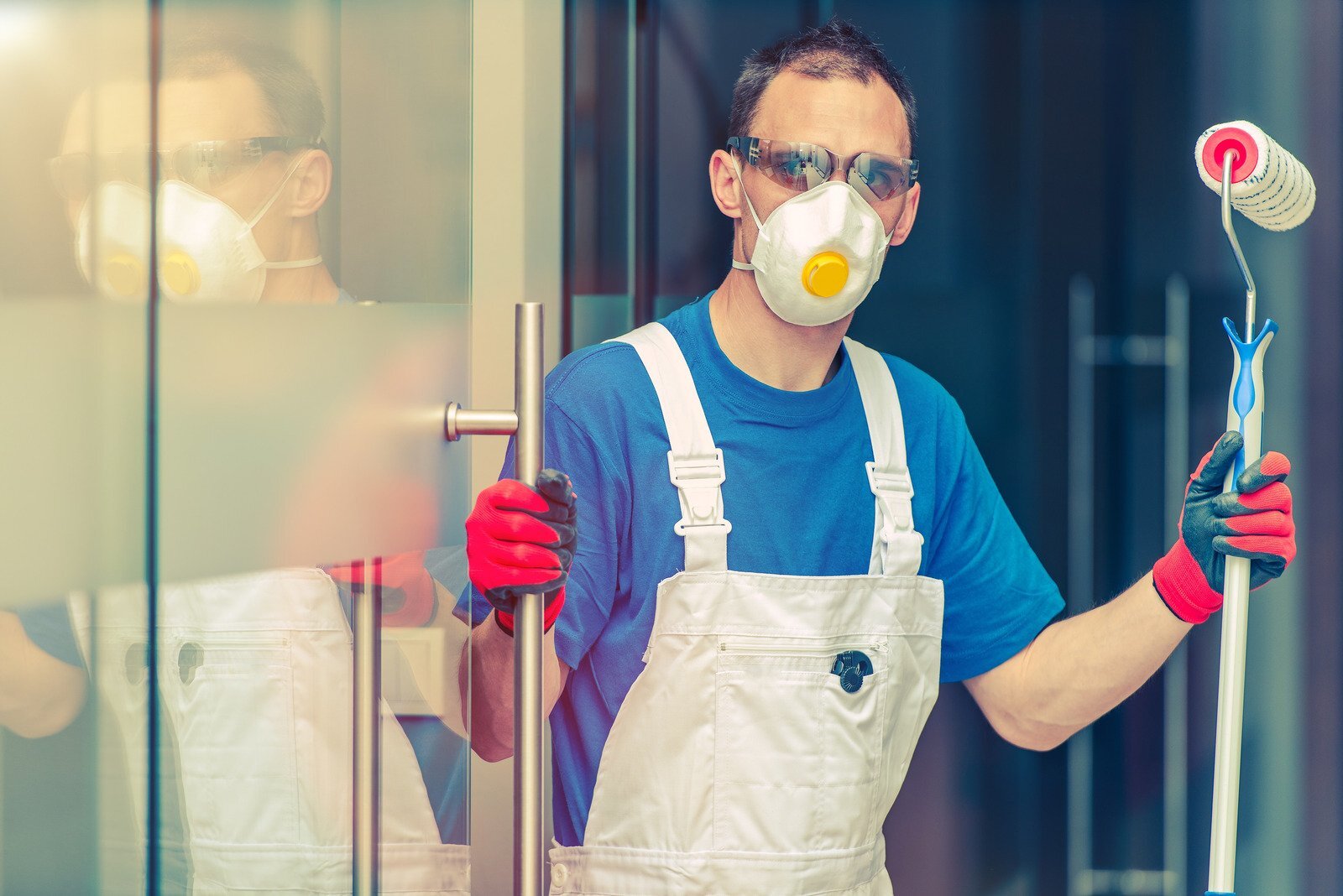For many people, faux painting might be a new concept, but the truth is that it has been around for a long time. It’s one of the oldest forms of interior design, dating back over 2,000 years! On top of that, faux-finish painting is also one of the most cost-effective and easiest ways to update an old home or add character to a new one. Faux painting is a way to make the appearance of your walls different from what they are. It involves covering the existing surface with another layer that has a pattern or image on it, resembling something else.
If you’ve ever seen old hotels or houses decorated in the Victorian style, you may have noticed that they have a lot of faux-finished walls. With that said, if you want to add some charm to your home but don’t want to fork out lots of cash on renovations or hire an interior designer, faux finishes might be the way forward.
There are many different types of faux painting techniques that you can use in your home no matter what type of surface you have. Let’s take a look at some helpful tips and tricks for getting started with a faux paint job so you can create the perfect space for you and your family.
Faux Painting Techniques
When it comes to faux painting, you can use nearly any wall type. From faux marble to metal, there’s a faux painting technique for everyone.
The only thing you have to keep in mind is the entire surface that you’re covering—don’t cover walls that are already freshly painted or newly plastered.
If you’re working with wood, you’ll want to prep the surface by sanding it down, then applying a coat of primer, and then two to three coats of paint. If you’re working with a stucco, concrete, or brick wall, you’ll want to prep the surface by removing all dirt and debris, as well as adding some kind of sealer to protect the wall from the paint.
Once you’ve covered your wall (or walls) with a faux finish and decided on the paint color, you can start thinking about what type of pattern or design you want your wall to have. There are many different ways you can go about designing your faux finish; you can choose a repeating pattern, a single image, or a number of different images that blend together to create a collage type effect.
With that said, let’s take a look at a few basic faux painting techniques to help you decide which one is right for you.
1. Stenciling
Stenciling is the oldest and most common faux painting technique. It involves using a pre-made stencil (a template with a design or image on it) and paint to apply the stencil to the wall. You can stencil a single wall, an accent wall, or even your ceiling.
The stencil can be applied using a brush, trowel, or spray gun. Stencils can be made from a variety of materials, including paper, wood, metal, plastic, and even cardboard.
Stencils are easy to use, making them a great option for beginners. They are also available in a wide variety of designs, including floral, geometric patterns, and natural motifs.
2. Stippling
Stippling is a DIY faux decorative painting technique that uses a natural sea sponge brush to apply a thick layer of paint onto your wall or ceiling for an uneven, textured finish.
It involves covering the entire wall with a thick coat of paint, then dabbing the surface with a hard-bristled brush to create an uneven appearance, which can be great for covering up uneven or bumpy walls.
Stippling is usually done with one color of faux paint, though you can also mix two or more together. It’s best to use a paint that’s thick enough to create texture, such as heavy-bodied paint.
3. Graining
Graining is a faux painting technique that involves using a wood grain rocker to give the appearance of wood grains on a wall. This is a great option if you want to give your home a rustic or vintage feel and is best for walls that are made of a non-porous material, such as concrete, cinderblocks, or stucco.
To do this, wear rubber gloves and apply a combination of two or more paints, usually starting with a dark color followed by a light color.
But before you start, you’ll need to apply a layer of bonding agent to the surface to help the paint stick. Cover the floors and other nearby surfaces with drop cloths to protect them from the paint and bonding agent.
4. Smoothing
For a smooth and even look, try smoothing. This technique is best for painting large areas like ceilings and is a great option if you want a bold but subtle look.
To do this, you apply a layer of bonding agent with a low-pressure paint roller, followed by a layer of joint compound to create a smooth wall surface. Let the bonding agent dry, then apply a layer of joint compound over a paint tray to smooth out the surface of the wall.
The joint compound has the same consistency as clay, so you’ll want to apply it using a trowel. Once the compound dries, you can finish the wall with a coat of paint to seal it.
In Conclusion
Faux finishing is an easy and cost-effective way to update your home. It’s a great way to transform ugly walls into something beautiful and unique. With so many different faux painting techniques and stencils, there’s no reason to ever be bored with your home décor.
If you need to know more about faux painting and how you can use it to add style and interest to any room, whether it’s an unfinished basement or bedroom, do not hesitate to reach out to us at the Ohio Painting Company by sending us an estimate request online.






